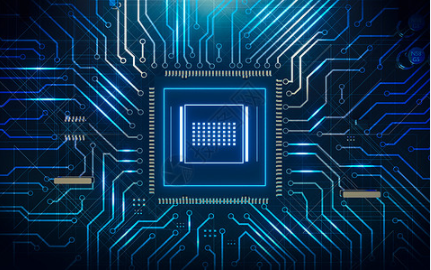PCB Layout is a more meticulous work, which not only has rules and constraints, but also many large and small matters needing attention for engineers to consider. In this article, Banermei sorted out some details that need to be paid attention to in Layou, let's compare whether you know them all!
10 details of PCB Layout
1. Layout of special components
√ The heating element should be placed in a position conducive to heat dissipation, such as the edge of the PCB, and away from the microprocessor chip;
√ Special high-frequency components should be placed next to each other to shorten the connection between them;
√ Sensitive components should be kept away from noise sources such as clock generators and oscillators;
√ The layout of adjustable components such as potentiometers, adjustable inductors, variable capacitors, key switches, etc. should meet the structural requirements of the whole machine and facilitate adjustment;
√ Heavier components should be fixed with brackets;
√ The EMI filter should be placed close to the EMI source.
2. The placement of the crystal oscillator
√ The crystal oscillator is made of quartz crystal, which is easily affected by external impact or drop. Therefore, it is best not to place it on the edge of the PCB and to place it as close to the chip as possible during layout.
√ Place the crystal oscillator away from the heat source, because high temperature will also affect the frequency deviation of the crystal oscillator.
3. Device decoupling rules
Add necessary decoupling capacitors on the printed plate to filter out interference signals on the power supply and stabilize the power signal. It is recommended that the power supply be connected to the power supply pin after passing the filter capacitor.
4. The placement of decoupling capacitors for IC
A decoupling capacitor must be placed near the power port of each IC, and the location should be as close as possible to the power port of the IC. When a chip has multiple power ports, a decoupling capacitor must be placed on each port.
5. Keep the electrolytic capacitor away from the heat source
When designing, the PCB engineer must first consider whether the ambient temperature of the electrolytic capacitor meets the requirements, and secondly, keep the capacitor as far away from the heating area as possible to prevent the liquid electrolyte inside the electrolytic capacitor from being dried.
6. The spacing between patches
The spacing between patch components is a problem that engineers must pay attention to during layout. The spacing between patches can neither be too large (wasting the circuit layout) nor too small to avoid solder paste printing adhesion and soldering repair difficulties.
The spacing size can refer to the following specifications:
√ Same device: ≥ 0.3mm
√ Different devices: ≥ 0.13*h+0.3mm (h is the maximum height difference between the surrounding neighbors and the device)
√ When manual soldering and patching, the distance from the device is required: ≥ 1.5mm.
7. The lead width of the components is the same
8. Keep unused pin pads
The situation where two pins of a chip should not be used, but the physical pins of the chip do exist. If the two pins are in the floating state as shown on the right side of the figure above, it is easy to cause interference.
If the chip pin itself is not connected (NC), adding a pad and then grounding the pad to shield it can avoid interference.
9. Be cautious when using vias
In almost all PCB layouts, vias must be used to provide conductive connections between different layers. PCB design engineers need to be especially careful, because vias will generate inductance and capacitance. In some cases, they will also produce reflection, because the characteristic impedance will change when the via is made in the trace.
Also keep in mind that vias will increase the length of the trace and need to be matched. If it is a differential trace, vias should be avoided as much as possible. If it cannot be avoided, use vias in both traces to compensate for delays in the signal and return path.
10. Barcode screen printing settings
1) The barcode silk screen is placed horizontally/vertically.
2) The position of the bar code should not cover the pads, test holes, be covered by the handle bar, and be easy to read the information.
3) 5mm from the edge of the board and 15mm from the handle bar.
4) Single-sided device board: Top surface solid line frame - Top surface dashed line frame; Double-sided device board: All solid line frames.
5) The preferred order of the size of the barcode silk screen frame: 42*8mm-42*6mm-7*9mm. 42*8 is suitable for veneers that have passed automatic lines.